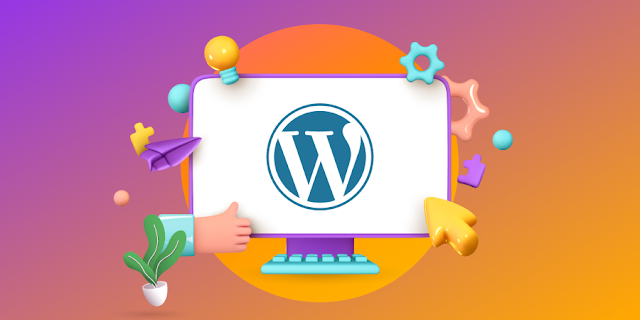Building Microservices with Spring Boot and Spring Cloud

The move from monolithic systems to microservices isn’t just a trend—it’s often a strategic decision to scale better, move faster, and deploy with confidence. And if you’re working within the Java ecosystem, Spring Boot and Spring Cloud offer a practical, proven path to build and manage distributed systems. This blog breaks down the fundamentals of building microservices using Spring Boot and Spring Cloud, why companies are leaning into this stack, and what developers—and decision-makers—should know before diving in. Why Microservices? (And Why Now?) Monoliths are easier to start with but harder to scale. When you bundle all your application logic into a single deployable artifact, you’ll eventually face: Bottlenecks during deployment Codebase complexity Downtime risks during updates Difficulties scaling only one part of your application Microservices fix that by splitting your application into independent services, each owning a distinct business capability. You can scale, deploy, an...





